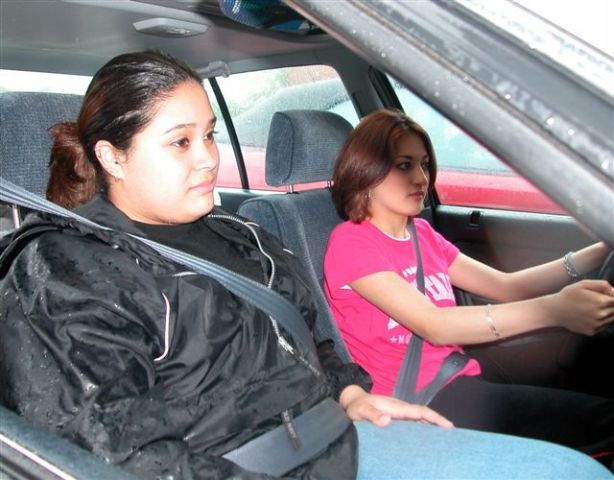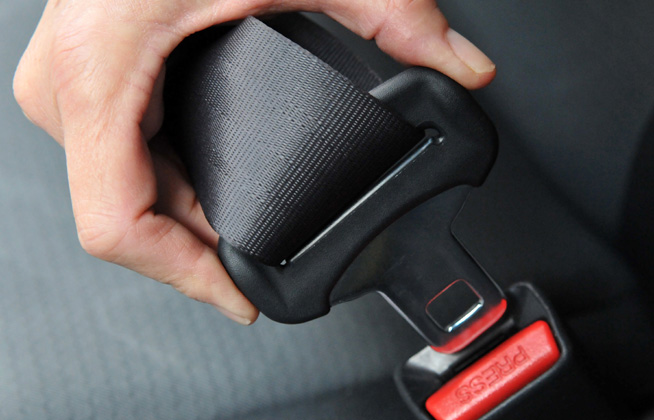Survey Shows Knowledge Gap About Pennsylvania’s Teen Driving Law
Pennsylvania’s update of its graduated driver licensing law for teens marked its one year anniversary last month. A new survey shows there’s still a knowledge gap about some of the provisions.
The changes increased the number of supervised driving hours and limited passengers for junior license holders for the first six months of driving, while making seatbelt use a primary offense for all junior drivers and passengers under age 18. But a survey conducted for Allstate Insurance finds only 36% of parents and 56% of teens claim to be confident in their knowledge of the law.
Chris Conner of Allstate says there’s also a gap between parents and teens when it comes to enforcement. Nearly half the teens said they’d broken at least one requirement and only 19% said their parents were aware of the infraction.
Conner says the survey shows parents can influence their teen’s behavior behind the wheel. About 73% of the teens surveyed said they considered conversations they had with their parents about the graduated driver licensing law to be very valuable. He says the increased time of behind-the-wheel instruction required by the law gives parents an opportunity to have those conversations.
Conner says parents and teens should become familiar with the law before the teen even applies for a learner’s permit. There is information about the law on PennDOT’s website and also at the Allstate newsroom.



